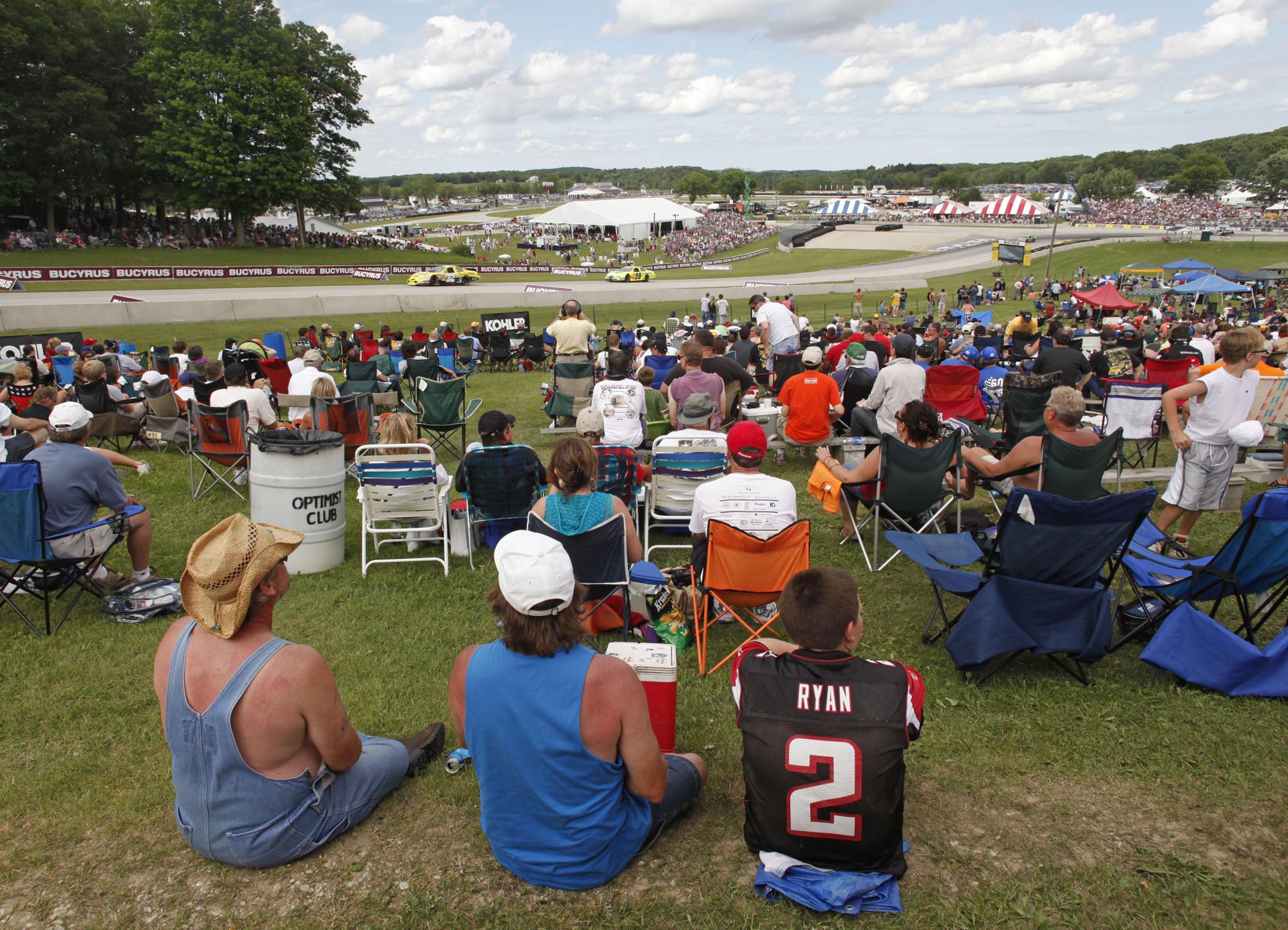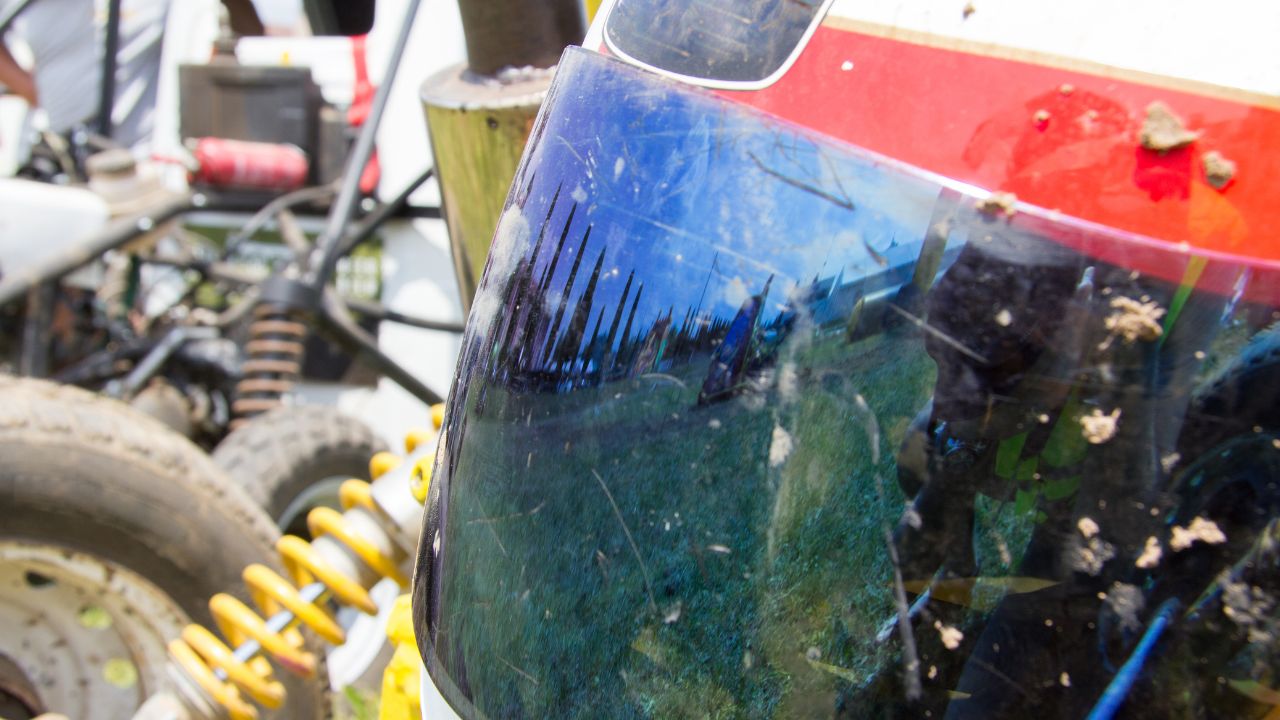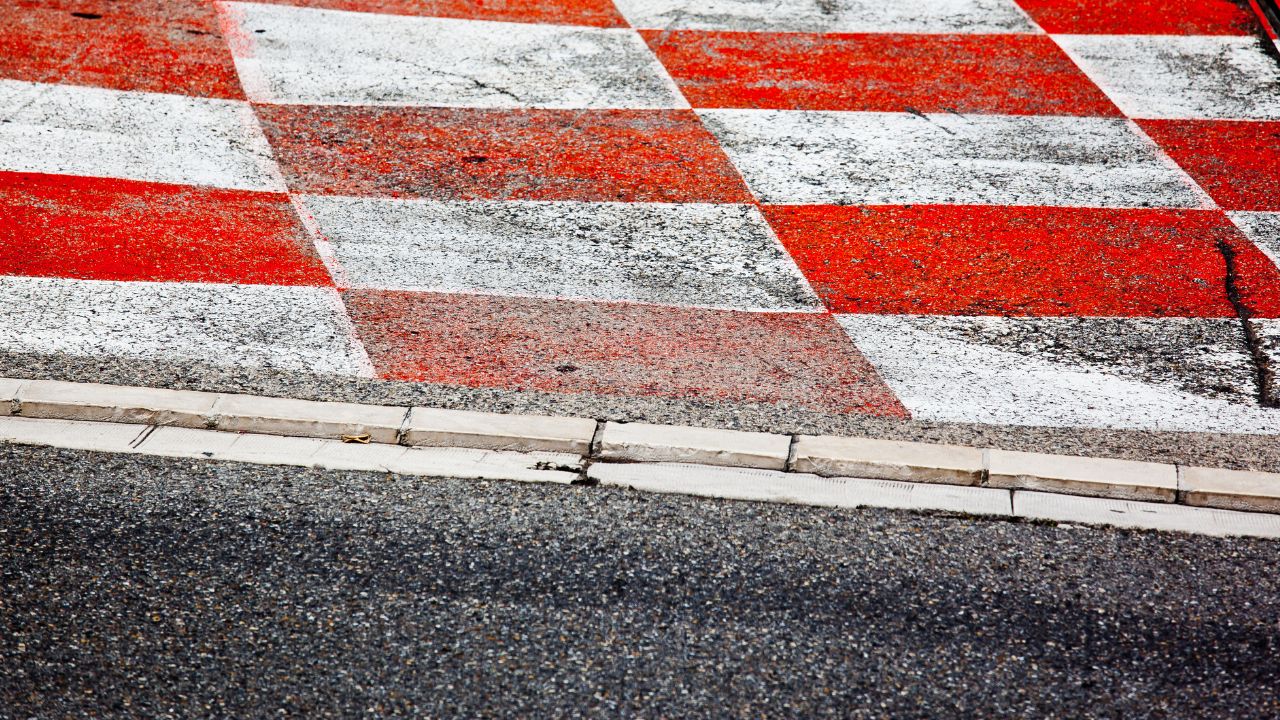
The Gulf Canada Series is making its west coast swing through Edmonton in Alberta, Canada for its next three races. On June 22, only three Formula A vehicles started at Edmonton International Raceway. Al Pease, who would've been the fourth driver in the race, decided to pull out of the series due to an oil leak. The remaining Formula A cars were left on the track, but George Eaton decided that he would rather concentrate on other series. We'll be taking a look at some drivers and cars that made this series one among the most exciting, competitive races of recent times.
Eppie Wietzes
Eppie Wietzes is a Canadian racing legend. His four-wheel drive ability allowed him to drive anything from an Austin A40-powered Morris Minor to Formula One cars. Eppie Wietzes also raced in Formula 5000 races, and won the 1981 Trans-Am Championship in a Corvette. Eppie Wietzes received the Canadian Motorsport Hall of Fame Award for his contribution to the sport. But his time in motorsport was very brief.
Bill Brack
Born in Toronto, Bill Brack began racing in the early 1960s, competing in ice races in a Mini Cooper. Later, Brack won four races in Formula A/5000 Championship with a Lotus 70-Chevrolet. Brack moved to America in 1967 where he raced Lotus cars. He won the 1968 eastern championship with a Lotus 49B Cosworth.

Paul Rawlinson
The Lucid is a result of an obsession to reduce weight and will have an electrical motor. Tyler Schilling was one of the customers who reserved a Lucid car at the launch. He drove it around California's coast roads. The Lucid has received more than 17,000 reservation and is expected to produce 20,000 cars next. Road & Track is positive that the concept is a success. How will it perform?
Ron Tauranac
Ron Tauranac was 95 years old when he died. Tauranac, who co-founded Brabham Racing Developments' and Motor Racing Developments', was also a designer for racecars. His designs won 2 Formula One World Championships: the 1966 and 1967 versions. Tauranac's cars had been modified by many different car companies, including Lotus, Ferrari, and Maserati. Tauranac had an impressive track record, but his greatest triumph was winning the 1968 British Formula One title.
The DN6 5000
CRL Historic Race Sim Developments announced the Shadow DN-6 Formula 5000 racing car. Based on Tony Southgate's design, it used the same production-based engine as the DN5 F1 race car. It also used a Hewland TL200 gearedbox in place of the DG. However, it was quite different from the F5000. Its design, however, was very similar to the DN5 F1.
McLaren M10B
McLaren's M10B was a relatively early example of its evolution. The M10B was introduced in 1973 but it wasn't seen any significant action until 1975. By that year, it had been raced only four times and had been sold to 21 different customers. It was a highly competitive car and won two championships. McLaren has made this car one of their most sought-after and successful vehicles.

The Ford Ecoboost engine
Ford's EcoBoost engine of the new Focus and Fiesta has now been modified to be the driving power for the Formula Ford race car. Ford engineers predict that the engine will generate over 200 horsepower and a six speed manual transmission. According to Ford engineers the Ford EcoBoost will reach 0-62 mph in less then four seconds. Ford EcoBoost is so powerful it can even compete with Lamborghini and Ferrari for the title of fastest road vehicle on Nurburgring.
FAQ
Who is the inventor of car racing?
Charles Brady King invented the automobile racetrack in Long Island. He built it in 1896. July 4th of that year saw the inaugural auto race.
Do race car drivers earn money?
Yes. Yes. Many race car drivers earn a living wage.
However, some race car drivers only make a small income.
What is the fastest race car can accelerate?
Race car acceleration rates vary depending on their weight.
A lightweight car, for example, accelerates faster than a heavier car.
What is the difference between racing and road cars?
A road car is designed to be driven on public roads. These cars are made specifically for racing. They feature aerodynamic features which allow them to brake and accelerate quickly.
How many people are involved in the making of a racecar.
Many race car companies employ hundreds of workers.
They manufacture parts such as wheels, tires, suspension systems, body panels, and engine components.
Statistics
- According to FormulaMoney, the design, development, and construction of chassis and engines can cost teams as much as $255 million annually. (businessinsider.com)
- Acceleration is a little gentler (relatively speaking) too, with 0-100km/h taking an estimated 3.1 seconds and 0-200km/h covered in 7.8 seconds. (autosport.com)
- Petty has won 200 NASCAR Cup Series races, a likely unbreakable record, along with a series record seven Cup championships. (frontstretch.com)
- This change may give an improvement of up to 29% fuel efficiency. (en.wikipedia.org)
- In 2013 Ferrari had an estimated team budget of $470 million, while elite IndyCar teams have an estimated annual budget of $15 million, according to FormulaMoney. (businessinsider.com)
External Links
How To
How to turn fast
To be able to go faster, you must get your car out in front of others during a race. This means you have the responsibility of turning before any other driver. Doing this correctly will cause everyone to brake, as they won't know what is ahead. You will avoid any collisions with vehicles coming from other directions. So, how can you turn quickly?
First, you need to know where you're going. If you don't know where you're headed, you'll probably be somewhere completely unexpected. Plan carefully. It's important to create a map showing where you're going at all times. It may seem like a lot of work but once you have a good idea of the route you are trying to take, you will be able to save yourself a lot later.
Next, consider when you are going to turn. After you have passed the first corner, it is the best place to start. After you have passed the first corner, it will be clear where you are starting from. The next step is to decide if you want to use the outside or inside lane.
If you plan to use the inside lane, wait until there is no traffic ahead of you. Then you'll be able to move quickly without worrying about hitting someone. Once you've entered the inside lane, it is important to stay there. Don't allow yourself to drift into the other lane. You might be able to hit someone else who is moving slowly if this happens. Be aware that crossing the line that divides the two lanes will cause you to lose control of your vehicle, and you could be in danger of being hit by someone else.
Once you have chosen the lane, it's time to decide where to turn. There are many options for tackling this problem. Some people prefer looking for a gap or a void in traffic. Some people try to find an opening in the road. Others look for the point where the road curves around hills or mountains. Whatever method you choose, remember that you need to be careful not to block the entire road. Traffic jams can be caused by blocking the entire road.
After you have picked the spot you want to turn on, you should decide whether you will make a sharp or gradual left. A sharp turn will be easier than a gradual. It takes more effort and takes more time. On top of that, it makes it harder to steer your car properly. This is why most drivers prefer gradual turns.
Finally, you must accelerate only enough to pass the car in front. Accelerating too fast will cause you crash into its bumper. Running off the road will be a problem if you accelerate too soon. In either scenario, you could end up losing control of your car or crash. To avoid this scenario, you need to accelerate gradually. You can start with very little acceleration and then increase it when you reach the edge.
After you finish cornering, it is important to immediately slow down. This is especially true if you're driving in heavy traffic. If you don't, you risk hitting someone.